Sarvamangala Mangalye|
Shive Sarvarthaka Sadhike|
Sharanye Thriyambake Devi/Laksmi|
Narayani Namosthuthe||
The above shloka is in praise of goddess Lakshmi and offering salutations.
Varamahalakshmi vratha has been mentioned in the puranas / tales of gods and goddesses dedicated to goddess of wealth Mahalakshmi. This falls in the Hindu month of Shravana, on the Friday just before full moon day. July – August according to Gregorian calendar. For the festival date click here. This festival is celebrated in Karnataka, Andhra Pradesh, Tamil Nadu and in some parts of Maharashtra and Orissa. Not all families follow this vratha, only those families who have taken the vow to observe this ritual perform the pooja with great devotion and enthusiasm.
In the morning women have an oil bath and use amla ka pudi / gooseberry powder instead of soap and with best traditional attires and jewelry get ready for the pooja. Clean the shrine and decorate with rangoli / patterns. Tie Banana stems on either side of the pedastal. On the pedestal draw a padma / lotus rangoli with 8 leaves and over this spread little rice.
Items to be put inside the kalasha / sacred pot are 5 measures of Rice, 5 fruits (small ones like guava, raisins, dates, lemon, almonds), Turmeric root, Kumkum, betel leaf, betel nut, bangles, bichchole / black small bangles with black beads tied to it. Keep a Coconut smeared with turmeric over the pot and apply kumkum. Tie a mangalya / thali / black beads necklace with a pendant, which married women wear, to the kalasha.
Keep this over the rice on the padma rangoli or keep it on a plate and the whole plate with the kalasha is kept on the rangoli.
Dip 12 mushti / fist length, 12 yele Hasi Dhara / 12 strings of thread in turmeric paste and tie 12 knots on the thread. A flower is also tied on the thread. Keep this thread on two betel leaves, betel nut, and a fruit and perform pooja to this, chanting the names of goddess Lakshmi.
Perform pooja / ritual with all mangala drowya and pooje samanu chanting the Lakshmi Ashtoththara or Lakshmi Sahasranama / 100 or 1000 names of goddess Lakshmi. Prepare festival food like holige, payasa, puliyogare/chitranna, kosambari, palya, tovve and offer to god as naivedya / blessed food. Perform aarathi while singing songs in praise of the goddess. It is believed that by observing this vratha / pooja the family is blessed with prosperity.
After the aarathi, if a couple are doing the pooja together it is extremely good if the husband ties the hasi dhara / thread on the right wrist of his wife.
In the evening women are invited home and given thamboola / auspicious items like Turmeric Powder, Kumkum / Vermilion colored powder, Betel leaves, Betel Nut, Fruits, Coconut, Bangles, Coin, Blouse piece.
Legend:
- It is said that Lord Shiva himself recommended this vrata to his consort Parvathi to appease goddess Lakshmi.
- Another legend narrates that in the city of Kundina belonging to Magadha kingdom lived a Brahmin lady by name Charumathi. She lived with her husband and parents-in-law. Charumathi was devoted to her family. Goddess Varamahalakshmi came in her dreams and asked her to perform the vratha. She shares this dream with her friends and neighbors and all the women get together and perform the vratha with great devotion. They prepare a delicious feast and offer to the goddess. As they wound up the pooja the women suddenly found jewelry on them studded with pearls and precious stones. From that day onwards women have been performing this pooja diligently. If the pooja cannot be performed on this day, then the pooja can be performed on any other Friday in the hindu month of Shravana.
For festival food recipes click here.
For festival snacks and drinks recipes click here.
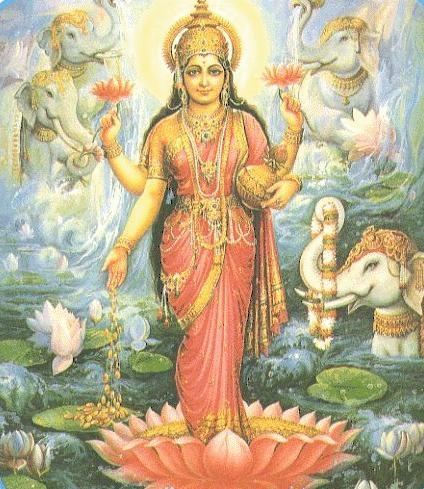
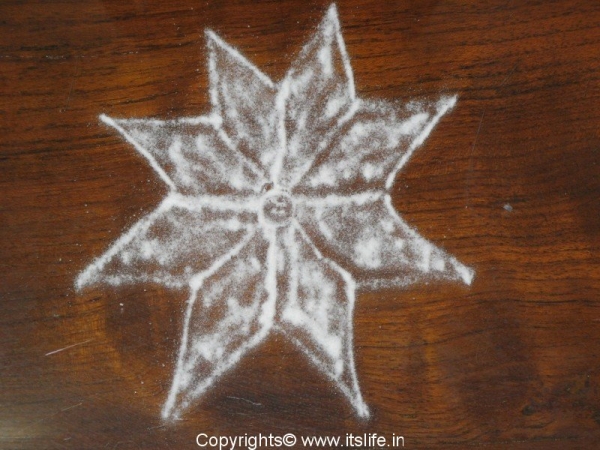
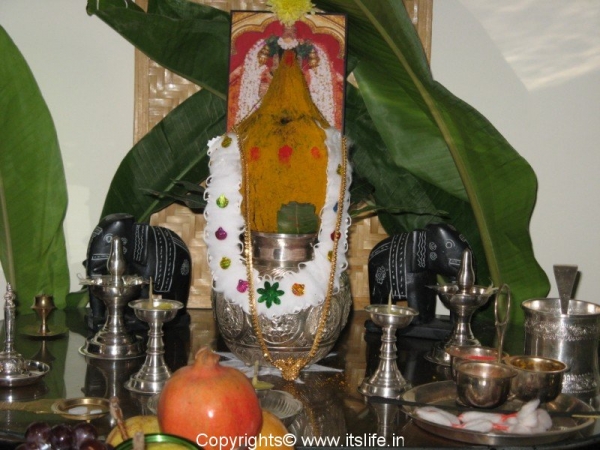
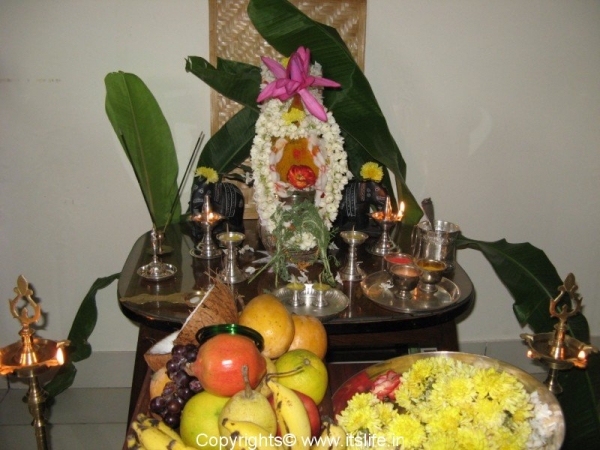


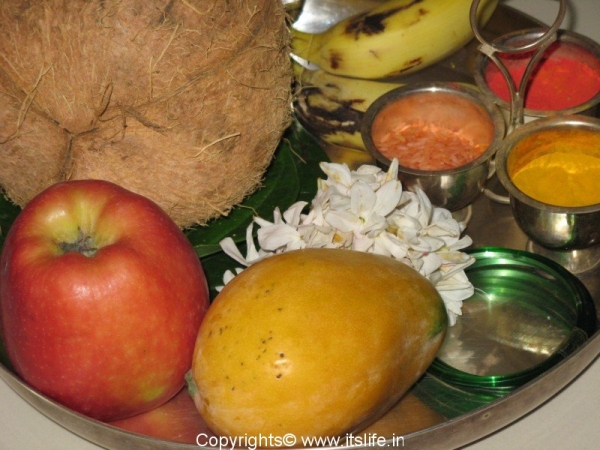
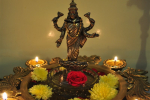

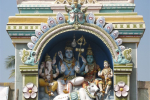
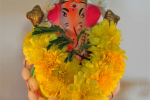
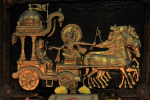

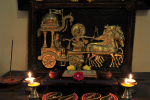

Good one!!
I dont think so most of them when performing this festivals, might aware of all these. I guess people should understand the meaning behind every festival, irrespective of caste, religion and regions. I feel there is a in-depth meaning and knowledge and way to lead a life is indicating us from our ancestors through these festivals.
Inspite of questioning whether does that ever occurred or not… existed or not… better we should understand the reason and proper meaning and lead a happy life.
Thank You
You are right Deepak. Thanks for sharing your views.
Regards,
Shantha
i like this vratha.this vratha is a very famous vratha in indian
God bless you Divya
Thank you Shantha
I am very happy for reading this story
It’s written nicely. very usefull for people doing it for the first time, thanks
one doubt i didn’t understood “dip12 mushti/fist lenght”. length of thread should be ?
Hi Sangeeta,
Thanks for visiting.
Mushti means fist (A hand that has the fingers curled into the palm and the thumb retracted, displaying the knuckles). For image refer to http://en.wikipedia.org/wiki/Fist
The length of the thread should be equal to 12 times the length of your fist.
Hope it is clear.
Regards,
Shantha
You are welcome Sandhya.
yhank u
happy varamahalaksmi
Thanks Dharneesh.
Hello Shantha,
I want to perform vaibhav lakshmi vratha. Could you help me in details like how and when to perform this.
Its would be reaily of great help to me.
Thanks in advance,
Rajani V K
Hi Rajani,
Sorry, I do not know much about this vratha.